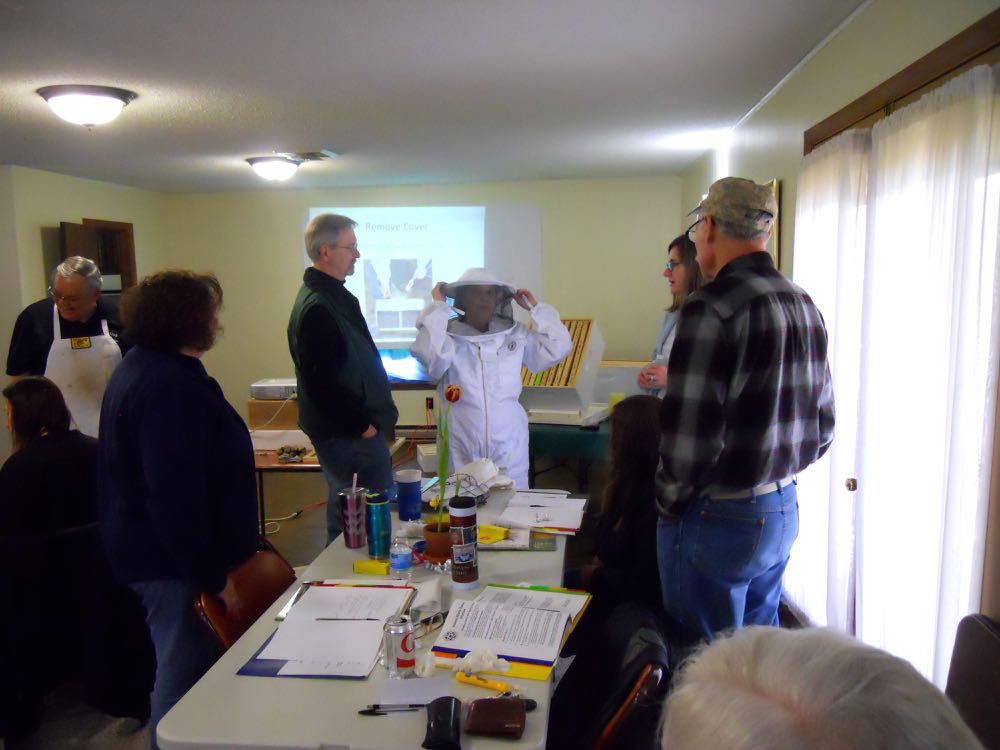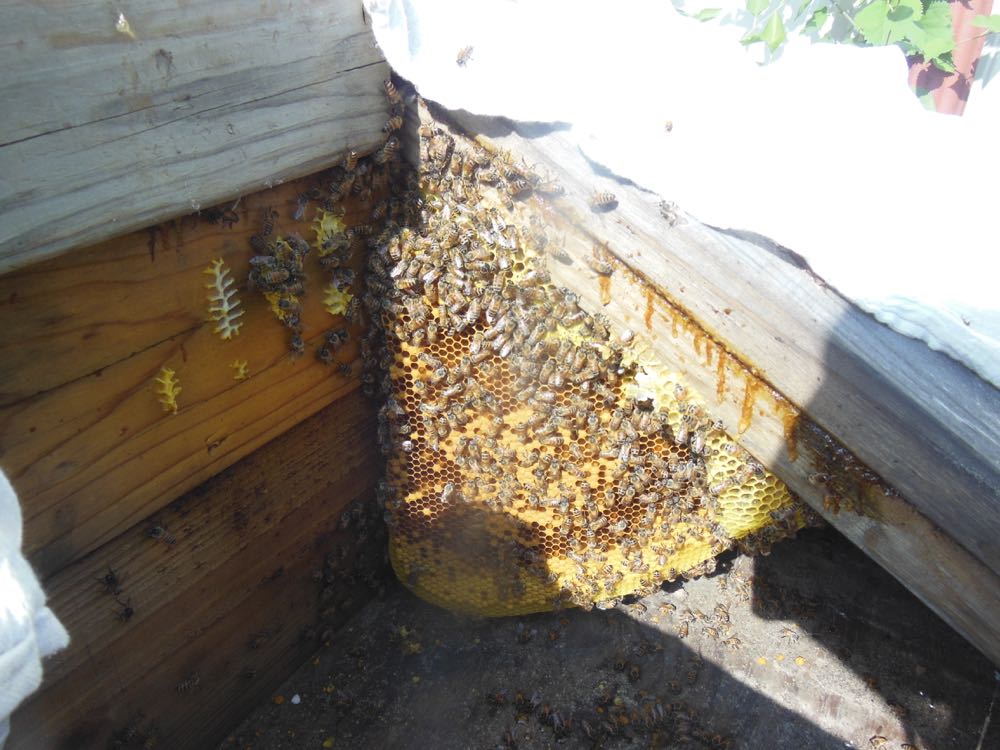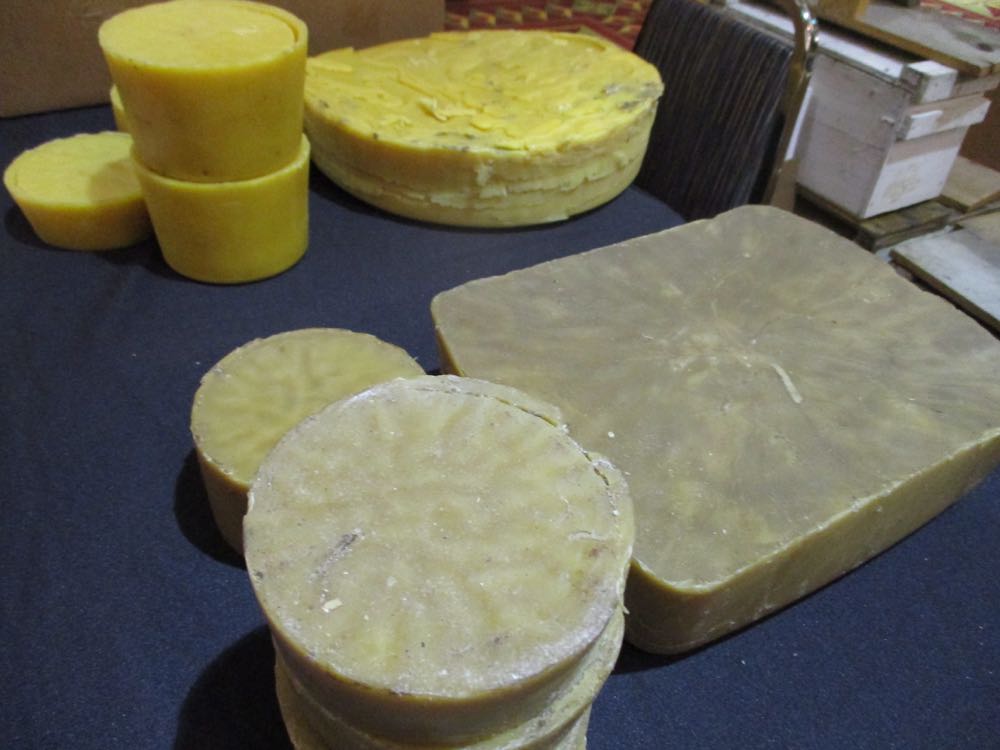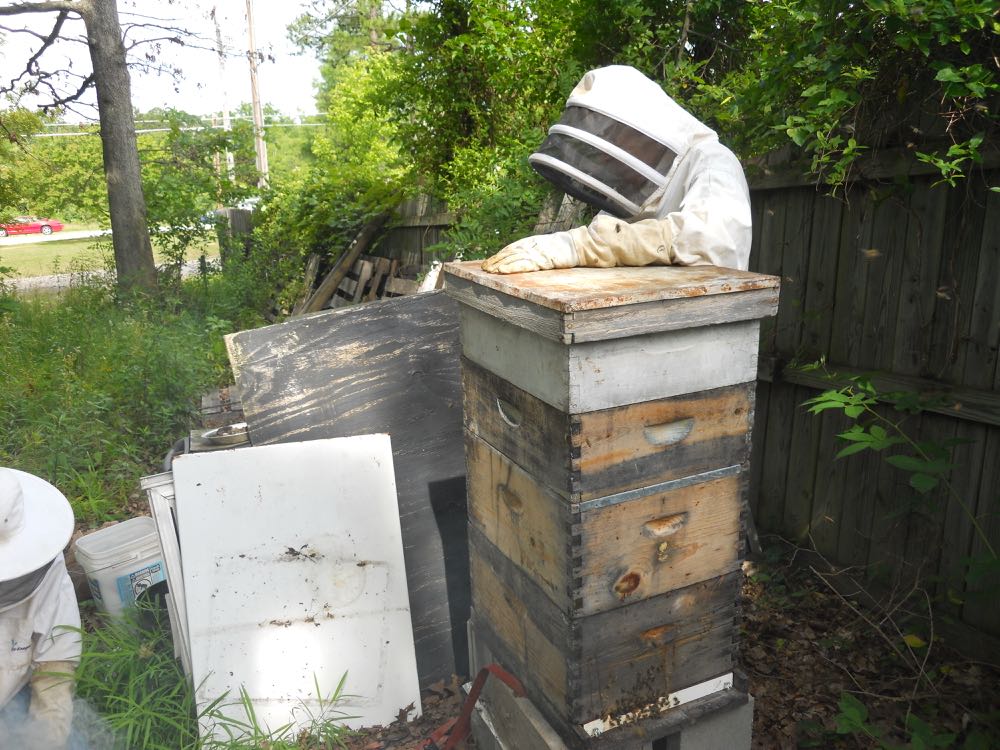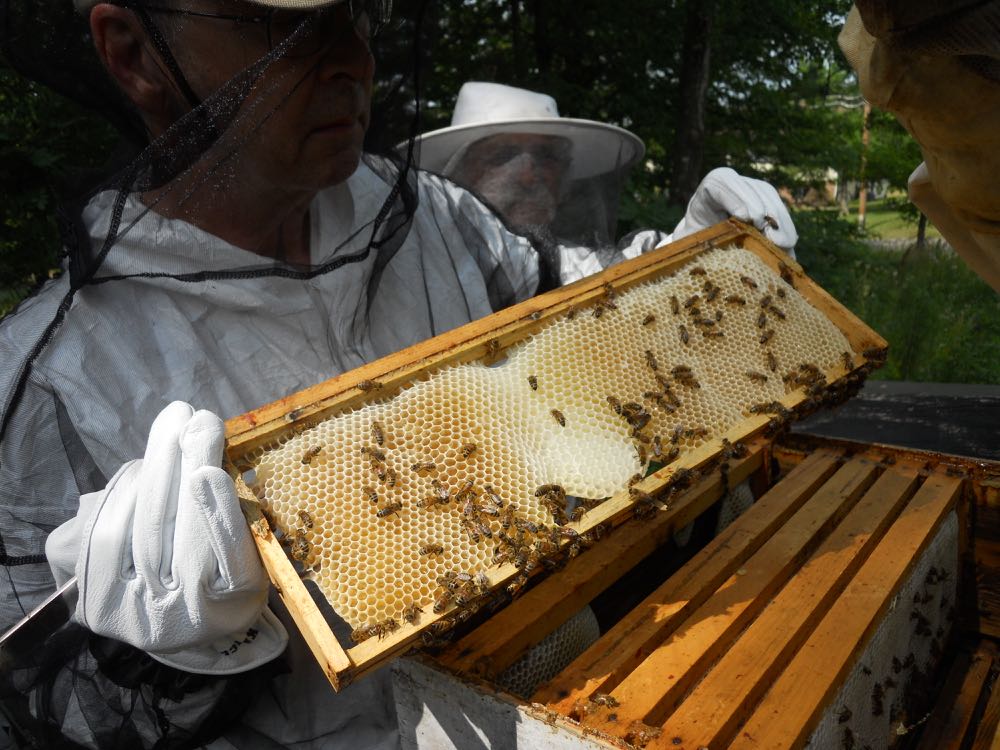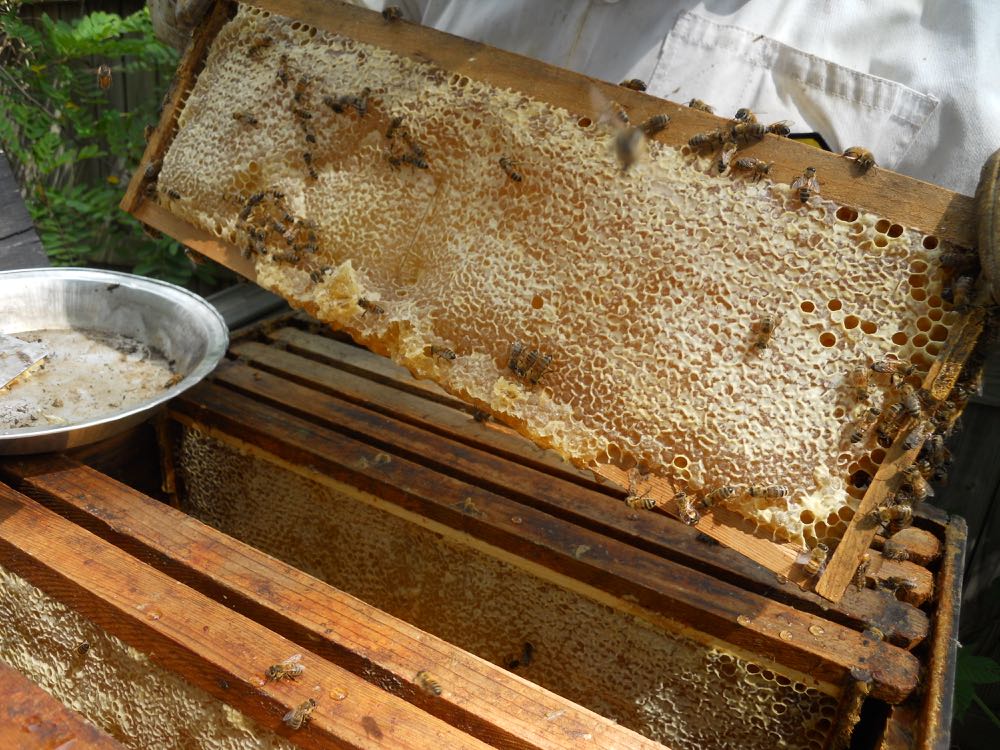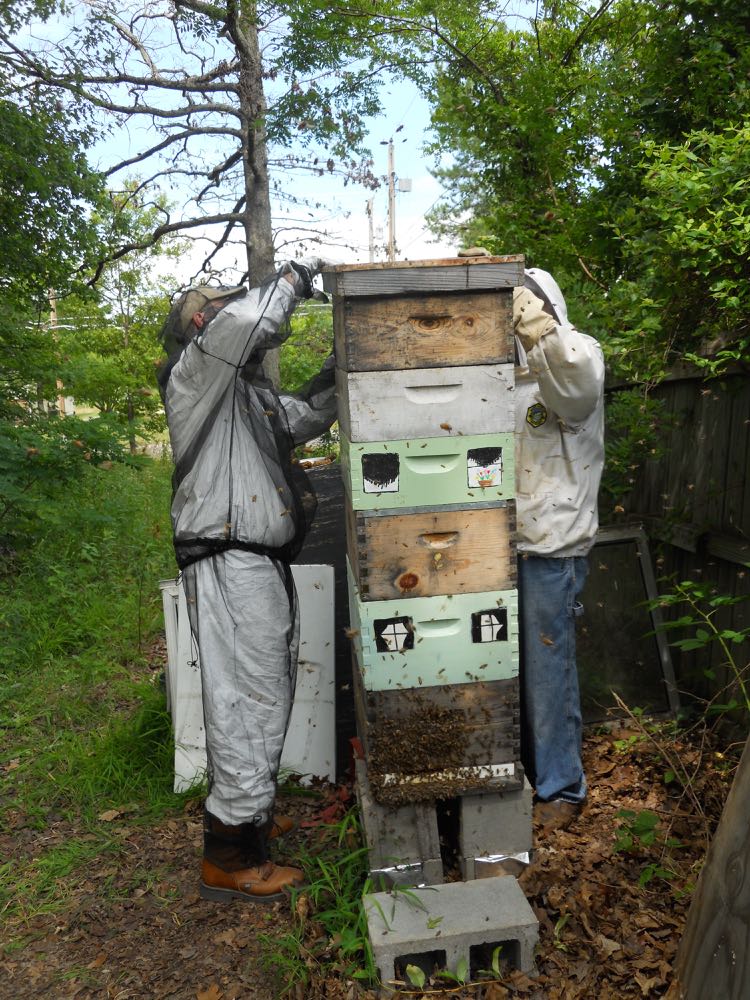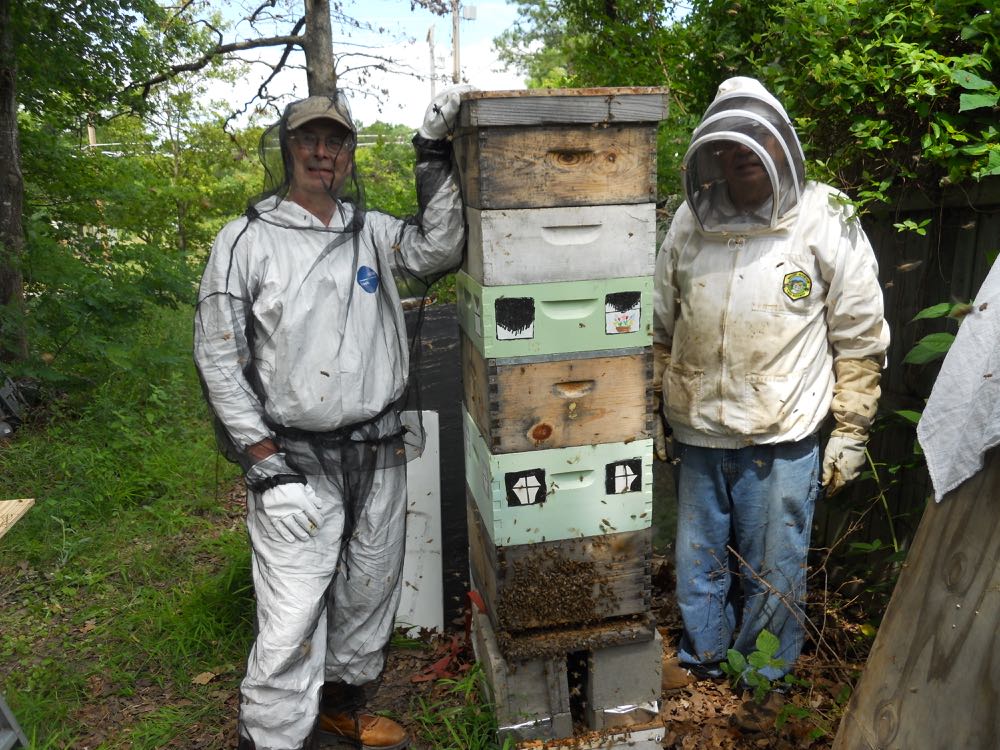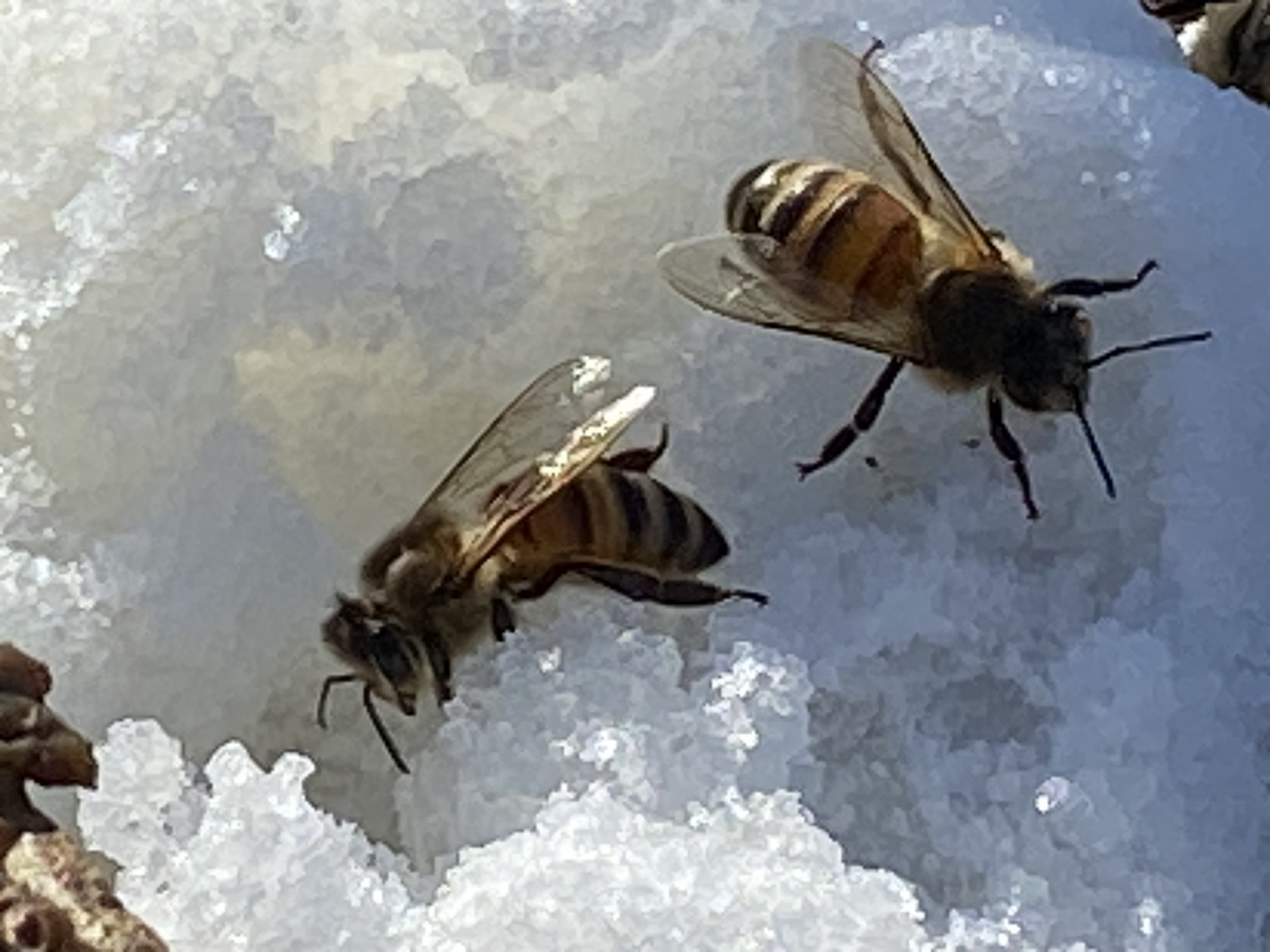New Beekeeping Jacket
/Doesn't this sound like instructions for how to wash clothing for bees??
New Beekeeping Jacket
After 8 years of wearing and wearing out my first cotton beekeeping jacket, I found another similar one and finally have it in hand.
What I liked about the first one is that it had a front zipper; the hood, or veil, was round, giving me a better field of vision, and it was cotton so it was relatively lightweight.
My first ever beekeeping suit has definitely seen better days and is ready to be replaced.
I have other beekeeping jackets but after trial and error, I like my beekeeping jackets to have the following:
Round hood with veil for better view
Front zipper as opposed to a pull over
Cotton, and I will add
Veil that is easy to re-attach.
There are a number of other features beekeeping jackets can include but these three are the basics that work for me, especially the front zipper. I have one of the heavier, supposedly cooler beekeeping jackets but it's hard to pull it on, then harder to take it off without completely disrobing.
Although the idea of a cooler jacket sounds nice, the basic cotton beekeeping jackets work just fine because they are lightweight. The supposedly mesh, lightweight beekeeping jackets are much heavier so I'm not sure that they are better in the long run, I seem to be hotter when I wear that beekeeping jacket than my normal cotton canvas one.
If you are just starting out in beekeeping, it's tempting to get the full bee suit but you will end up with a jacket so try on both before buying. Most clubs will have beekeeping suits available for you to take them for a test walk so you can get a feel for what it is like to see the world looking through the black mesh. Don't forget to add a pair of gloves, then decide which beekeeping suit you can maneuver in best.
In terms of washing, most are best hand washed, especially the veil. The lightweight cotton canvas jackets definitely dry faster than the other ones.
Also make sure you can re-attach the veil once you take it off, my original one is hard to re-attach so I have to ask for help after I wash it. And it's not a good idea to try to get it attached once you're a visitor in an apiary, get it attached before.
Here's my new beekeeping jacket, ready to be inaugurated this spring:
This is from Pidgeon Mountain Trading.com. PM9980 $49.95 not including shipping.
One sweet little feature, there are bees issued with every beekeeping jacket:
The back of my new beekeeping suit has a sweet design including its own little bees.
We like to joke in our bee club about not trusting anyone wearing brand new beekeeping equipment so I'd better get to getting this one to work!
Charlotte








